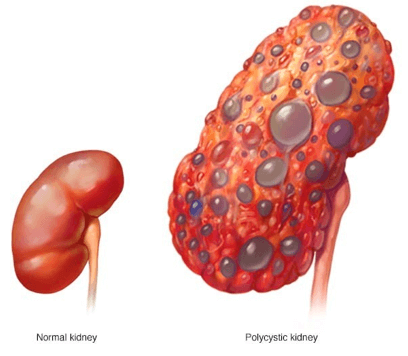The practical nurse (PN) is assisting in a community center clinic when four clients simultaneously arrive seeking help. In which order should the PN prioritize care to be provided based on the client needs? (Arrange the client with the highest priority first, on top, and lowest priority last, on bottom.)
A 12-year-old child with history of asthma who is wheezing and complaining of shortness of breath.
A 7-year-old child who has type 1 diabetes mellitus and is experiencing extreme hunger and shakiness.
A 10-year-old child with bleeding lacerations on both knees after falling on the playground.
A 5-year-old child who is crying uncontrollably because of an incontinent bowel episode.
The Correct Answer is A,B,C,D
This client has the highest priority, as he or she may be experiencing an acute asthma attack that can compromise the airway and oxygenation. The PN should assess the client's respiratory status, administer bronchodilators, and monitor for improvement or deterioration.
B. A 7-year-old child who has type 1 diabetes mellitus and is experiencing extreme hunger and shakiness.
This client has the second highest priority, as he or she may be experiencing hypoglycemia, which is a low blood glucose level that can cause neurologic symptoms such as confusion, seizures, or coma. The PN should check the client's blood glucose level, provide a source of glucose, and monitor for recovery or complications.
C. A 10-year-old child with bleeding lacerations on both knees after falling on the playground.
This client has the third highest priority, as he or she may have a risk of infection or blood loss from the wounds. The PN should clean and dress the lacerations, apply pressure if needed, and check for signs of infection or inflammation.
D. A 5-year-old child who is crying uncontrollably because of an incontinent bowel episode.
This client has the lowest priority, as he or she does not have a life-threatening or urgent condition, but a psychosocial or emotional issue. The PN should provide comfort and reassurance to the child, change his or her clothes, and explore the possible causes of the incontinence.
Nursing Test Bank
Naxlex Comprehensive Predictor Exams
Related Questions
Correct Answer is ["B","D","E"]
Explanation
A. Keeping the battery door closed during storage is generally a good practice to prevent battery drain; however, it may be more appropriate to keep it open for extended storage to avoid moisture buildup. The PN should clarify proper storage practices.
B. Observing and reporting any ear drainage after removing the device is crucial. Any drainage could indicate an infection or other issues that require further evaluation by nursing staff.
C. Storing the device on a windowsill is not advisable, as this increases the risk of loss or damage. A secure, designated storage area is better for such items.
D. Verifying that the device is labeled with the client's identification is important to prevent mix-ups and ensure proper usage. Proper labeling aids in maintaining accountability and safety in a long-term care setting.
E. Removing ear wax from the device's surface is appropriate as it ensures the hearing aid functions properly and maintains hygiene.
Correct Answer is D
Explanation
This is the best intervention for the PN to implement because it monitors the client's fluid status and helps detect fluid overload, which can cause hypertension and neurological changes. The PN should weigh the client at the same time, on the same scale, and with the same clothing every day.

Whether you are a student looking to ace your exams or a practicing nurse seeking to enhance your expertise , our nursing education contents will empower you with the confidence and competence to make a difference in the lives of patients and become a respected leader in the healthcare field.
Visit Naxlex, invest in your future and unlock endless possibilities with our unparalleled nursing education contents today
Report Wrong Answer on the Current Question
Do you disagree with the answer? If yes, what is your expected answer? Explain.
Kindly be descriptive with the issue you are facing.
